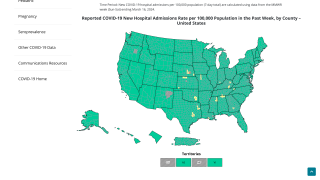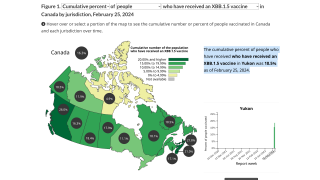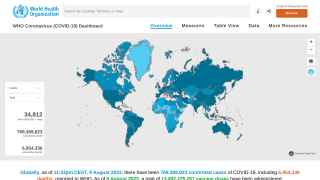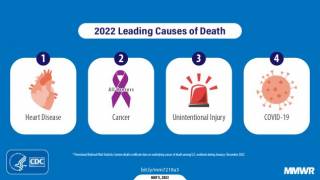Flying High With Cleaner Air Helps Avoid COVID-19
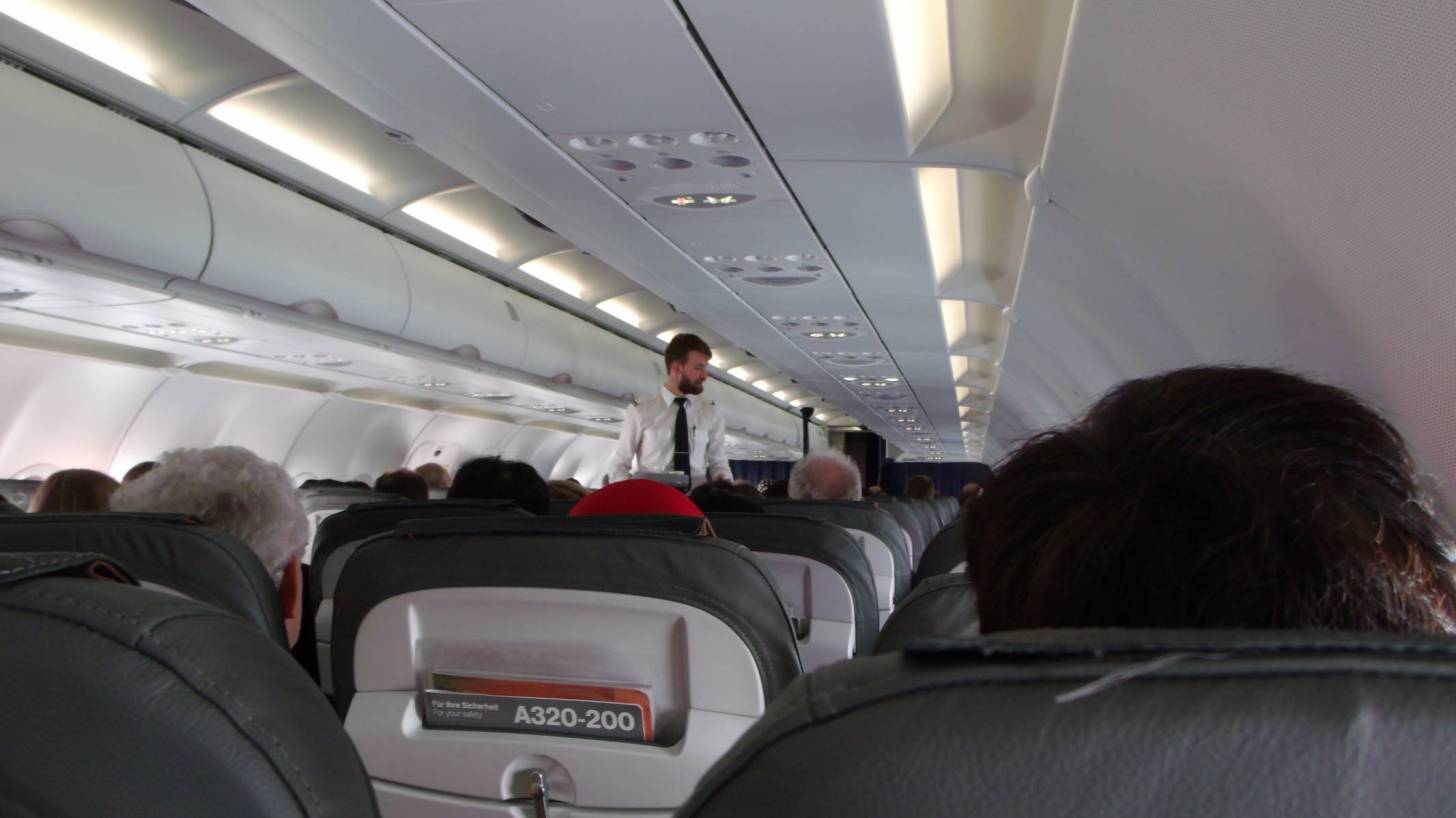
Researchers with the Georgia Institute of Technology recently stated in a press release, ‘If you’re looking for an indoor space with a low level of particulate air pollution, a commercial airliner flying at cruising altitude could be your best option.’
An Original Article on air quality in indoor spaces published by peer-reviewed journal Wiley Only on March 1, 2022, shows while in-flight, aircraft cabins have one of the lowest levels of tiny aerosol particles.
This is because aircraft air is generally exchanged between 10 and 30 times per hour.
Some aircraft bring in exclusively outside air, which at cruising altitude is mainly free of pollutant particles found in the air near the ground. Other aircraft mixes outdoor air with recirculated air that goes through filters, which remove more than 99% of particles.
As scientists learn more about the transmission of coronaviruses, the focus has turned to aerosol particles as an essential source of viral spread indoors.
Infected people can spread the virus as they breathe, talk, or cough, creating particles ranging from less than a micron to 1,000 microns in size. The larger particles quickly fall out of the air, but the smaller ones remain suspended.
“The in-flight cabin had the lowest particle mass and particle number concentration,” stated these researchers.
Conducted in July 2020, the study included monitoring both the number of particles and their total mass across a broad range of indoor locations, including 19 commercial flights in which measurements took place throughout departure and arrival terminals, the boarding process, taxiing, climbing, cruising, descent, and deplaning.
The study, believed to be the first to measure both size-resolved particle mass and number in commercial flights from terminal to terminal and a broad range of indoor spaces, has been accepted for publication in the journal Indoor Air.
However, the monitoring could not identify the types of the particles and therefore does not provide a direct measure of coronavirus exposure risk.
“We wanted to highlight how important it is to have a high ventilation rate and clean air supply to lower the concentration of particles in indoor spaces,” said Nga Lee (Sally) Ng, associate professor and Tanner Faculty Fellow in the School of Chemical and Biomolecular Engineering and the School of Earth and Atmospheric Sciences at the Georgia Institute of Technology.
To better understand the circulation of airborne particles, Delta approached Ng to conduct a study of multiple indoor environments, with a strong focus on air travel conditions.
They trained Delta staff to conduct the same type of measurements in terminals, boarding areas, and various aircraft through all phases of flight. The Delta staff recorded their locations as they moved through the terminals, and the instruments produced measurements consistent with the restaurants and stores they passed on their way to and from boarding and departure gates.
“The measurements started as soon as they stepped into the departure terminal,” Ng said. “We were thinking about the whole trip, what a person would encounter from terminal to terminal.”
In all, the researchers evaluated measurements from 19 commercial flights with passenger loads of approximately 50%. The flights included a mix of short- and medium-length flights and aircraft ranging from the CRJ-200 and A220 to the 757, A321, and 737.
Jonathan Litzenberger, Delta’s managing director of Global Cleanliness Strategy, said the research helps advance its goals of protecting its customers and employees.
“Keeping the air clean and safe during flight is one of the most foundational layers of protection Delta aims to provide to our customers and employees,” he said. “We are always working to better understand the travel environment and confirm that the measures we are implementing are working.”
Overall, the study highlights the importance of improving indoor air quality to reduce coronavirus transmission.
“Regardless of whether you are in an office or an aircraft, having a higher ventilation rate and good particle filtration are the keys to reducing the total particle concentration,” said Ng.
“That should also reduce the concentration of any viral particles that may be present.”
In addition to Ng, the researchers included Jean C. Rivera-Rios, Taekyu Joo, Masayuki Takeuchi, Thomas M. Orlando from Georgia Tech; and Tracy Bevington, John W. Mathis, Clifton D. Pert, Brandon A. Tyson, Tyler M. Anderson-Lennert, and Joshua A. Smith from Delta Air Lines.
Vax-Before-Travel publishes fact-checked research-based travel news.
Note: This news article edited the press release and related study for clarity and was manually curated for mobile readers.
Our Trust Standards: Medical Advisory Committee





